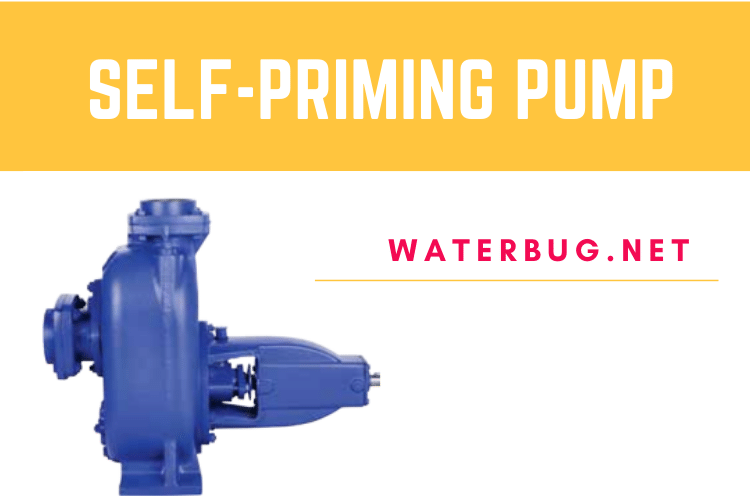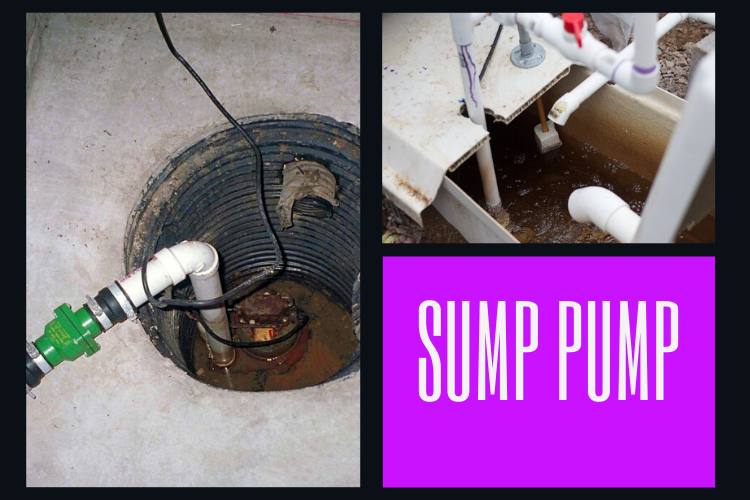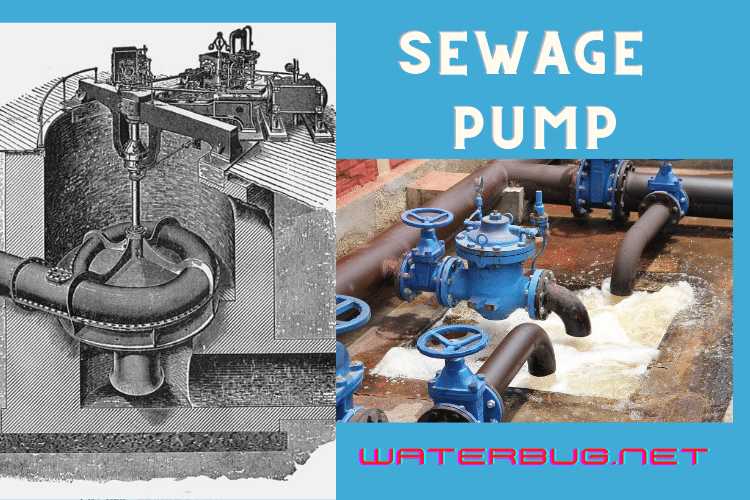Turbine Pump – A Multifunctional Efficient Pumping Device
Being centrifugal, having impellers behave like a turbine, the turbine pump moves fluid or liquid using radial oriented teeth. This type of pump comes with a compact design, which complements its efficiency.
Materials of Turbine Pump
The core design of a turbine pump depends on the use of different materials. The primary materials help configure the parts, which directly connect with pumped media and large exposure to the external environment.
So, in terms of material, considerations matter a lot. Before selecting suitable material for the best models, you must consider pressure ratings, fluid characteristics, and environmental conditions during operation.
Here, the following points recommend what material works better in different conditions.
● While you need standard ratings about high pressure, cast iron provides the strength of high tensile, as well as in the matter of sustainability; it is a great option. Besides, its resistance power against abrasion complements the performance of the pump.
● In cases of sensitive fluids, plastic provides high resistance against corrosion and a chemical reaction. In terms of expense, plastic is reasonable.
● In terms of both rust and chemical corrosion, stainless steel-made alloys provide greater strength than plastic.
Particular Features of Turbine Pump
Designs, as well as features, matter a lot for sustainable performance for a turbine pump. These two facts are related to capability along with functionality, which is significant for considerations.
The following points reflect the dominant features and compatible design of the pump.
➔ Balanced Equipment of Impellers
Having floating impellers, a turbine pump executes the operations along with less axial thrust on the surface of the motor shaft.
And this mechanism prolongs the shelf life of the internal features.
➔ Coupled Enclosure
The enclosure of the pump reflects a coupled design for which the pump can be mounted on the surface of the motor shaft directly.
This kind of structure provides all the benefits of compact design.
➔ Dual-sided Impellers
The design of the impeller always plays a vital role to reduce executing best performance to create sufficient pressure on both sides.
And this type of competent feature keeps the balance of pressure generation through a transparent film of fluid between the casing and impeller.
This film also plays a particular role in self-adjustment in the case of standard axial position.
➔ Importance of Multistage
While for keeping balance in pressure, the compressed fluid has to pass through the different successive chambers, a turbine pump executes a multistage formula of pressurization.
Due to having the ideal design of a high head impeller, most turbine pumps can work best with one impeller and one chamber.
Some models depend on multistage impellers for best operation, even at high-pressure levels.
➔ Thermal Protection For Overloading
Implementation of specific devices for switching off the pump in case of excessive motor heating makes certain turbine pump models highly durable because this feature prevents motor damage incidents from exceeding a certain temperature level.
➔ Self-Priming Technology
The self-priming mechanism makes most of the turbine pumps highly efficient to create sufficient vacuum utilizing the benefits of construction.
Because for dragging the fluid into the chamber of inlet only, this mechanism helps the best.
➔ Submersible Technology –
A turbine pump motor always remains above the fluid level. But some models have a particular design to work even in submerged conditions.
These types of turbine pumps have highly efficient media on the surface of the short driveshaft.
➔ Vertical Orientation Method
Having the mechanism along with vertical orientation, the turbine pumps perform best for deep Well operations.
This kind of orientation meets the needs of lifting water from the underground sources of water.
In these operations, the vertical design of pump media on the surface of the pump body provides plenty of advantages.
Turbine pump has two major categories – regenerative turbine pump and vertical turbine pump.
Introduction of Vertical Turbine Pump
The incredible mechanism of the vertical turbine pump makes this pumping unit highly efficient for many rugged applications.
These types of applications ranging from water processing, raw water pumping, cooling towers of large power plants, any irrigation to the boosting of water pressure.
So, the natural facts of vertical turbine pump always enlist some specifically designed features, installation processes, and usage.
Now, the following narrative points include the information, which will help you understand this pump’s overall mechanism.
What is a Vertical Turbine Pump?
Having a specific design, while a pump transports water from any underground resource using centrifugal force, it is called a vertical turbine pump.
As this type of pump also executes the required operation to lift water from wells, people also term it as shaft turbopumps.
This kind of pumps features a standard centrifugal mechanism, which controls the ground motor, being connected with a long vertical axis.
What Is The Core Working Method of Vertical Turbine Pump?
Both AC power-based induction motors and diesel engines can run this type of pump. And the engine operates the whole application using a proper angle drive.
The overall equipment of the pump contains a minimum rotating impeller, which is connected with a shaft and sends the well water towards a bowl-like diffuser casing.
This pump involves individual impellers on the separate shaft in the different configuration phases to promote high pressure for the rugged applications in deeper wells.
A vertical turbine pump pushes water to the bottom end of the pump, which looks like a bell. From this suction bell, water moves into the nearest impeller, which uplifts the velocity of the water.
After increment of the high velocity, water enters the diffuser bowl instantly, just above the impeller. And the energy of high velocity turns into high-pressure energy.
Now, the diffuser casing pushes the fluid into the second impeller, and the overall process goes on through all the phases of the operation.
While the water exits from the diffuser bowl, it crosses the path of a long column-shaped pipe to reach up to the tunnel well towards its surface.
The internal spinning shaft of the column gets supported by 3 to 5-foot intervals along with the mounting sleeve bushings at the internal part of the column.
The moving water works as a lubricator for these sleeve bushings. The pump discharge head allows the changing of flow direction to the discharge pipe.
On the upper portion of the discharge head, a heavy-duty A.C. motor works with a vertical mechanism.
For Which Applications, You Can Select Vertical Turbine Pump?
VTP reflects the rotodynamic mechanism, which works based on the progressive radial flow of the impellers. These impellers feature a specific vertical configuration.
As a typical multistage pump
VTP involves multiple impellers in multiple phases of operation. And all these impellers have a strong attachment with the diffuse bowl assembly.
And the structure and features ensure the best performance during deep Well applications or multiple water treatments.
★ In terms of installation, a vertical turbine pump starts in the drilled well during the applications in a deep well.
And in the first stage of application, the impeller is placed at the deeper water level. Having self-priming technology helps to work the assembly of multistage features.
And finally, a VTP transports the water. A VTP follows a robust mechanism as a part of the primary application during water transportation from deep wells towards the surface level.
★ VIPs work through a well-defined mechanism for the safe transportation of water to the treatment plants, as well as irrigation sprinklers.
It also plays a vital role in supplying water to the faucet in homes through water transportation from reservoirs.
A short set of VIPs work to move water from the water pits also.
★ A suction barrel is used for the installation of VIPs. Alongside, below the deeper ground level, a vertical turbine pump is installed for getting an active suction head.
The operation of these pumps has a great similarity with the operation of booster pumps.
As well as some other applications, where NPSH remains low, a vertical turbine pump is involved as the best way of water transportation.
★ Here, you will know about the unique mechanism of the VTP application.
The fact of this mechanism shows the method of successful running of VTP following the reverse technology.
It works as a hydraulic system using the method of power generation. In the core phase of this type of application, the suction nozzle works as an outlet of the turbine pump.
As well as the discharge nozzle turns into the turbine inlet. The efficiency of the assembly features ensures the success of the pump.
Preface of Regenerative Turbine Pump
Regenerative turbine pump meets the need for a combination of positive displacement and centrifugal configuration.
The fusion of high pressure and discharge through displacement makes the operations flexible and flawless.
The names like Peripheral vortex also indicate the mechanism of the regenerative pump. Multiple types of rotation mechanisms also direct this pump to work as a turbine.
Here, you will learn the core configuration of regenerative turbine pumps.
What is a Regenerative Turbine Pump?
Centrifugal force-directed turbine pumps are needed to fulfill the requirement of large delivery heads and the minimized volume of water flow.
If you find the contrast between a powerful centrifugal pump and a regenerative turbine pump, it will indicate the matter of capability.
A high-end regenerative pump efficiently carries large proportions of gas without any interruption of a fluid stream. This kind of mechanism leads to energy transmission. While pumped liquid has to go through the impeller and nearby channels, this regenerative force ensures energy transmission.
Along with regenerative mechanisms, centrifugal force enhances the energy transmission during operation. In that case, despite small structures, the pumps execute large delivery heads.
As per the general fact of functionality, this pump has a great similarity with single-side pumps.
What Are The Core Applications of Regenerative Turbine Pump?
The variation of requirements defines the efficiency of this kind of turbine pump.
Generally, where the pumps have to be involved in the operations at small dimensional areas, along with minimal capacities and huge delivery heads, you need a regenerative type of turbine pump.
In the chemical product manufacturing industry, pressure increment power helps the water networks execute required operations.
As well as for the recirculation of pressure in the mechanical industry, in cases of car wash installation, this pump plays the perfect role.
Besides, in different kinds of biofuel plants, drinking water treatment plants,
in oil fields to separate water and oil.
In DAF and neutralization factories, the core process of regenerative mechanism executes essential operations with a balanced flow rate.
After getting the knowledge about the types and nature of turbine pumps, you can already decide what factors should be considered to buy a suitable turbine pump.
During the selection of this type of pump for specific applications, you must keep your focus on the requirement of flow rate, the capability of the pump head, operating temperature, type of outlet diameter, etc.





